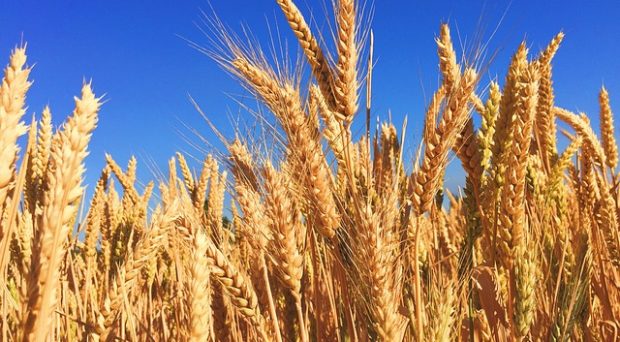
For adequate crop production, agriculture presently depends on the use of costly, environmentally polluting and unsustainable synthetic nitrogen fertilizers. These are manufactured industrially by producing ammonia by combining nitrogen and hydrogen at high temperature and pressure using the Haber-Bosch process.
But this is about to change; the dream of Norman Borlaug, the Father of the Green Revolution, of naturally nitrogen-fixing maize, wheat and rice similar to symbiotic nitrogen fixation in legumes is becoming a reality.
In a recent review article published in Agriculture and Food Security, Ted Cocking (University of Nottingham) and David Dent (Azotic Technologies) describe how a program of research that started with cell tissue culture and rhizobia by Ted Cocking, initiated in the 1960s, is leading to the commercialization of the discovery of a unique strain of a natural nitrogen-fixing bacterium Gluconacetobacter diazotrophicus.
Isolated from the existing biodiversity in sugarcane juice, the nitrogen fixing bacterium has been put into the cells of crop roots and leaves.
In an extensive survey of the literature of this program of research on the interaction of bacteria with plants, the authors describe the importance of the use of protoplasts which have been produced by enzymatic digestion of plant cell wall cellulose by cellulase enzymes.
These investigations demonstrated the importance of searching for bacteria that were both nitrogen-fixing and cellulase producing for field trials; this was to try to imitate in cereals and other non-legume crops interactions similar to the symbiotic nitrogen-fixing uptake of bacteria such as rhizobia in legumes.
Isolated from the existing biodiversity in sugarcane juice, the nitrogen fixing bacterium has been put into the cells of crop roots and leaves. Their seed inoculation technology provides farmers with an alternative, to the fixed nitrogen from the Haber-Bosch process that is relatively low cost, environmentally friendly and sustainable.
The environmental costs of using synthetic nitrogen fertilizers are no longer considered sustainable. In the UK, agricultural nitrogen fertilizer now accounts for 66% of nitrous oxide emissions, while in Europe 5% of the population is exposed to drinking water contaminated with unsafe levels of nitrate. Addressing these pollution problems and damage caused by nitrogen fertilizer use is currently expensive, further adding to their unsustainability
Independent field trials on maize and wheat are described in our review which have demonstrated that up to 60% reductions in the use of synthetic nitrogen fertilizer are possible, without loss of yield, using this seed inoculation technology. Encouragingly for global food security, these field trials also show increased crop yield in addition to the benefit of reduced nitrogen fertilizer.
Comments